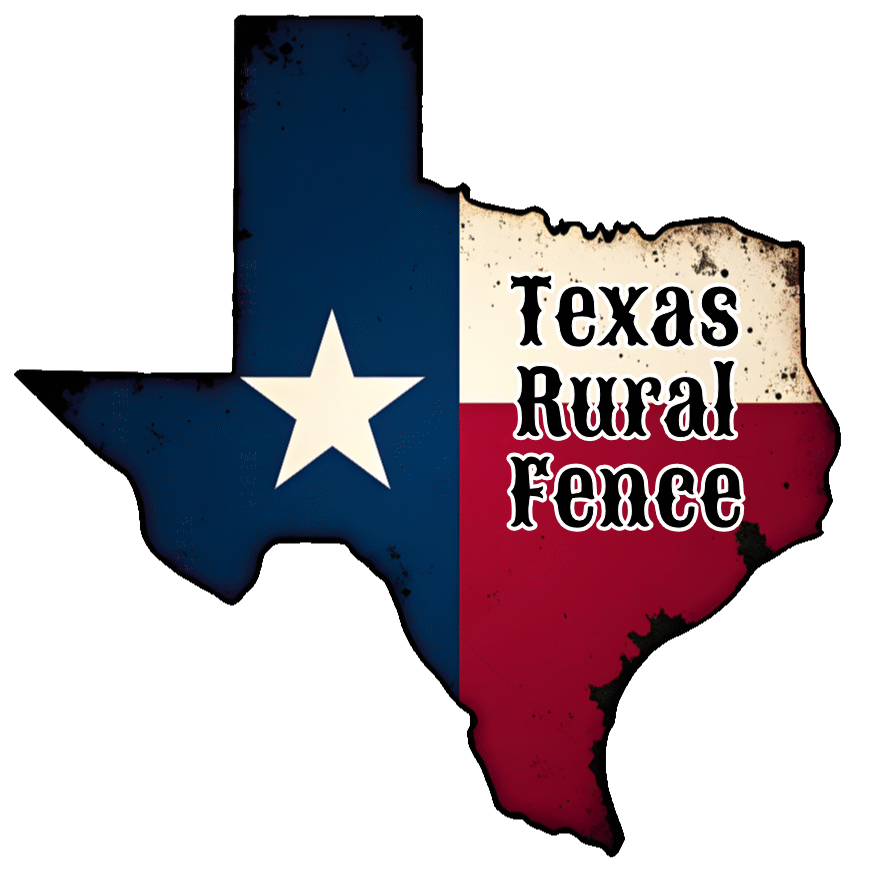The Art and Science of Fence Construction: Building Boundaries That Last
Introduction
Fences are more than mere physical structures; they define boundaries, offer security, enhance privacy, and beautify properties. Whether for residential, commercial, or agricultural purposes, the construction of a fence requires careful planning, precise execution, and a touch of creativity. This article explores the art and science of fence construction, highlighting the key considerations, materials, and techniques that contribute to the creation of durable and aesthetically pleasing fences.
Planning the Perfect Fence
Before embarking on a fence construction project, thorough planning is essential. Determine the purpose of the fence—whether it is to mark property boundaries, secure a swimming pool, or provide privacy. Assess local building codes and regulations, as they may dictate height restrictions, setback requirements, and material choices. Consider the topography, soil conditions, and climate of the area to select appropriate fence designs and materials that will withstand environmental challenges.
Choosing the Right Materials
Selecting the appropriate materials is crucial for building a long-lasting fence. Common choices include wood, vinyl, metal, and composite materials. Wood offers a natural and rustic appeal but requires regular maintenance. Vinyl is durable, low-maintenance, and comes in various styles. Metal fences, such as wrought iron or aluminum, provide security and elegance but may require periodic painting. Composite materials offer the look of wood with increased durability and reduced maintenance. Consider the desired aesthetics, durability, and budget when choosing the materials.
Styles and Designs
Fences come in a wide range of styles and designs to suit different needs and preferences. Some popular options include picket fences, privacy fences, chain-link fences, split rail fences, and decorative fences. Picket fences are charming and ideal for defining boundaries, while privacy fences provide seclusion and security. Chain-link fences are versatile and budget-friendly, often used for enclosing yards. Split rail fences offer a rustic appeal and are suitable for large properties or agricultural purposes. Consider the purpose, architectural style, and overall aesthetics when selecting the fence design.
Foundation and Post Installation
A sturdy foundation and proper post installation are essential for the stability and longevity of a fence. Start by marking the fence line and clearing the area of any obstacles. Dig post holes at regular intervals, ensuring they are deep enough to provide stability. Use gravel or concrete at the base of the holes to improve drainage and prevent rotting. Install the posts securely, making sure they are level and aligned correctly. Allow the foundation to cure before attaching the fence panels or rails.
Constructing the Fence Panels or Rails
The construction of the fence panels or rails depends on the chosen material and design. For wooden fences, measure and cut the boards to the desired length, ensuring uniformity. Use screws or nails to attach the boards securely, leaving space for natural expansion and contraction. Vinyl and metal fences often come pre-fabricated, requiring assembly according to manufacturer instructions. Follow the recommended guidelines to ensure proper alignment, spacing, and attachment of panels or rails.
Adding Finishing Touches
To enhance the visual appeal and functionality of the fence, consider adding finishing touches. Apply a protective stain or paint to wooden fences to prolong their lifespan and enhance their appearance. Install gates, hinges, and latches that complement the design and allow easy access. Incorporate decorative elements such as lattice panels, post caps, or finials to add a personal touch and elevate the overall aesthetic appeal of the fence.
Conclusion
Constructing a fence is an art that combines practicality, functionality, and aesthetics. Through careful planning, material selection, and precise execution, a well-built fence can enhance property value, provide security, and create a defined space. By understanding the key considerations, materials, and techniques involved in fence construction, individuals can embark on a rewarding journey to build boundaries that stand the test of time, while adding charm and character to their properties.
